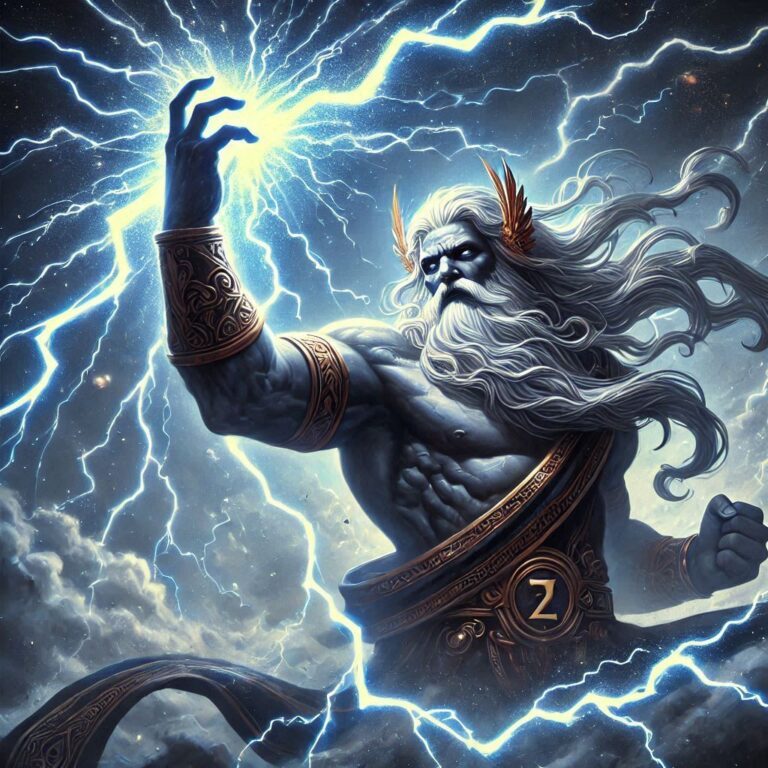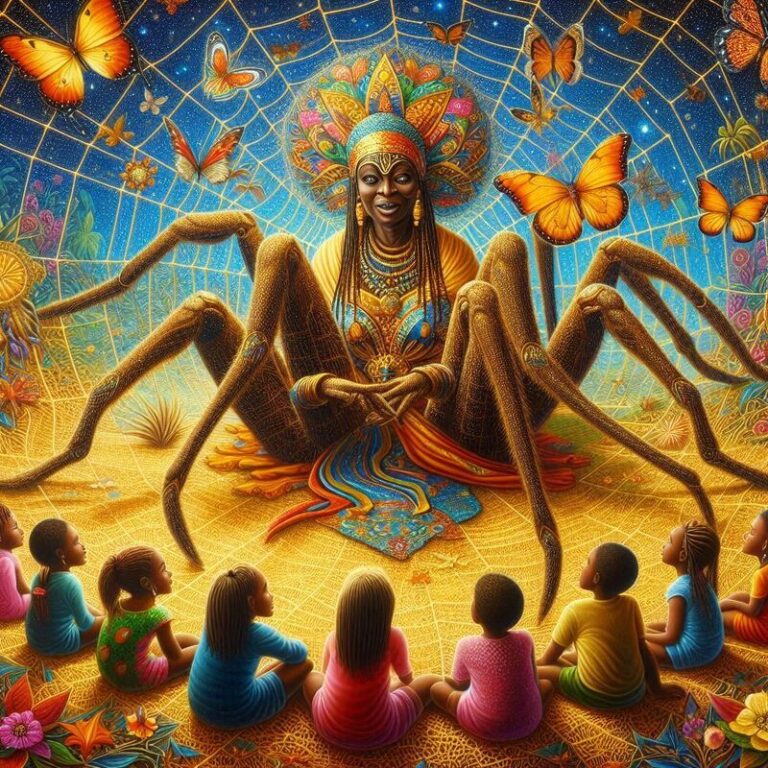Honoring Amun Ra Divine Authority
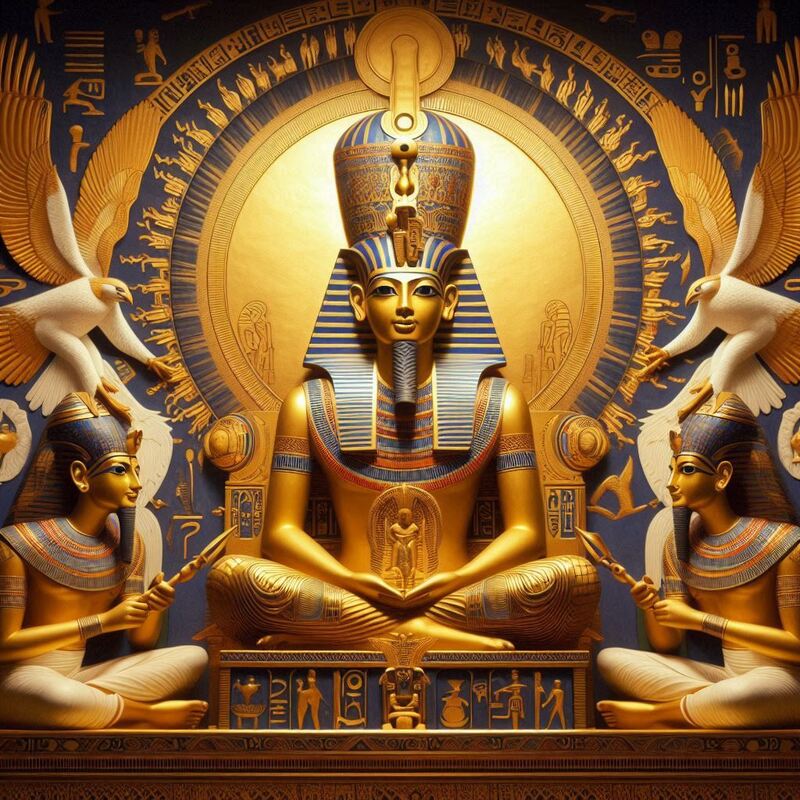
Honoring Amun Ra Divine Authority
Solar Sovereignty: Honoring Amun-Ra’s Divine Authority
In the pantheon of ancient Egyptian deities, few command as much reverence and awe as Amun-Ra, the god who embodies the sun’s radiance and the creative force behind all existence. This article delves into the profound significance of Amun-Ra in Egyptian mythology, exploring his roles, symbolism, worship practices, and enduring legacy in the ancient world.
Honoring Amun Ra Divine Authority
The Majesty of Amun-Ra: An Overview
Amun-Ra stands as a symbol of supreme divine authority in Egyptian mythology, representing the synthesis of two significant deities: Amun, the hidden creator god, and Ra, the powerful sun god. This amalgamation reflects the Egyptians’ understanding of the sun’s vital role in sustaining life and the universe’s creation.
Origins and Evolution
Honoring Amun Ra Divine Authority
The worship of Amun and Ra dates back to the early periods of ancient Egyptian history, with both deities initially revered separately. Amun was associated with invisibility, creation, and fertility, while Ra represented the sun’s life-giving rays and cosmic order. Over time, particularly during the New Kingdom (c. 1550–1070 BCE), the pharaohs elevated Amun-Ra to the status of a state deity, emphasizing his role as both creator and sustainer of the universe.
Symbolism and Attributes of Amun-Ra
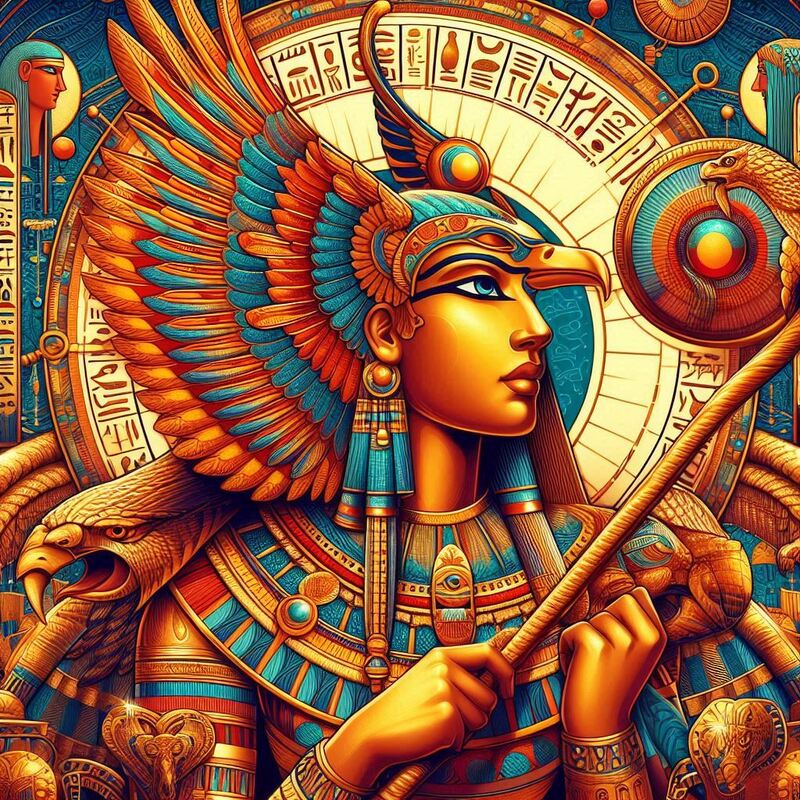
Amun-Ra embodies several key attributes and symbols that reflect his divine authority and cosmic significance within Egyptian mythology:
Sun Disc and Solar Symbolism
As the amalgamation of Amun and Ra, Amun-Ra is often depicted with a solar disc encircled by a sacred cobra known as the uraeus. This symbolizes his association with the sun’s life-giving energy, enlightenment, and universal order. The sun disc symbolizes his role as the source of light, warmth, and vitality, essential for all life on earth.
Creator and Sustainer
Honoring Amun Ra Divine Authority
Amun-Ra is revered as the creator of all things, the one who brought order out of chaos (ma’at) through his divine utterance. He is believed to have breathed life into the universe, establishing cosmic balance and harmony. His association with fertility and growth further underscores his role in sustaining life and ensuring the prosperity of the land and its people.
Worship and Ritual Practices
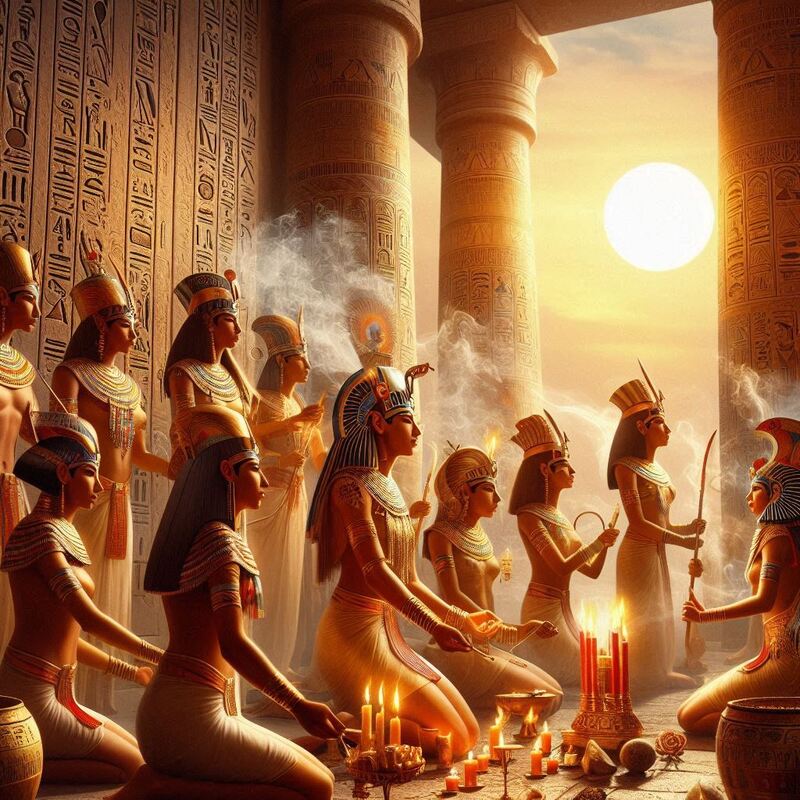
The worship of Amun-Ra was integral to ancient Egyptian religious practices, particularly during the New Kingdom when his cult reached its zenith. Temples dedicated to Amun-Ra, such as the Karnak Temple Complex in Thebes (modern-day Luxor), served as centers of religious and political power. These temples housed sacred statues of the deity and were staffed by priests who performed daily rituals, ceremonies, and festivals to honor and appease him.
Temple Complexes and Divine Cults
Honoring Amun Ra Divine Authority
The Karnak Temple Complex, dedicated primarily to Amun-Ra, stands as one of the largest and most impressive religious structures in ancient Egypt. Its vast courtyards, monumental pylons, and intricately decorated halls were designed to glorify Amun-Ra’s majesty and demonstrate the pharaoh’s devotion to the god. The annual Opet Festival, celebrating the union of Amun-Ra with the goddess Mut and their son Khonsu, attracted pilgrims from across Egypt to witness processions, offerings, and rituals aimed at renewing cosmic harmony and divine blessings.
Legacy and Influence
Amun-Ra’s influence extended beyond religious rituals to shape political, cultural, and artistic expressions in ancient Egypt. His association with kingship and divine authority elevated the pharaohs to the status of gods on earth, legitimizing their rule as ordained by the gods. The concept of divine kingship, rooted in Amun-Ra’s sovereignty, reinforced the pharaoh’s role as the earthly intermediary between the gods and the people, ensuring prosperity and cosmic order for the kingdom.
Art and Iconography
Honoring Amun Ra Divine Authority
Artistic representations of Amun-Ra depict him as a regal figure adorned with the double crown of Upper and Lower Egypt, symbolizing his authority over the entire land. Statues, reliefs, and amulets bearing his likeness adorned temples, tombs, and personal belongings, serving as potent symbols of protection, prosperity, and divine favor. The artistry dedicated to Amun-Ra also inspired craftsmen and artisans to create elaborate works that celebrated his divine attributes and cosmic significance.
Amun-Ra in Modern Context
Despite the decline of ancient Egyptian civilization and the rise of Christianity and Islam in Egypt, the legacy of Amun-Ra continues to resonate in contemporary culture and scholarly discourse. Archaeological discoveries, such as the treasures unearthed in the Valley of the Kings and the ongoing excavation of temple complexes, provide insights into ancient Egyptian beliefs and religious practices centered around Amun-Ra.
Cultural Preservation and Heritage
Honoring Amun Ra Divine Authority
Efforts to preserve and interpret Egypt’s archaeological heritage, including temples dedicated to Amun-Ra, contribute to our understanding of ancient religious practices and their enduring impact on global civilizations. Museums, educational programs, and cultural institutions worldwide showcase artifacts and exhibitions that celebrate Egypt’s rich cultural legacy, including the worship of Amun-Ra and the theological concepts he embodied.
Conclusion: Honoring the Divine Authority of Amun-Ra

Amun-Ra, the embodiment of solar sovereignty and cosmic order in ancient Egyptian mythology, continues to inspire awe and reverence for his divine authority and creative prowess. Through temples, rituals, and artistic representations, the ancient Egyptians expressed their devotion to Amun-Ra, seeking his blessings for prosperity, fertility, and divine protection. His legacy as the supreme deity who united creation with the sun’s life-giving energy endures as a testament to humanity’s enduring quest for spiritual enlightenment and cosmic harmony. Honoring Amun Ra Divine Authority
As we reflect on the majesty of Amun-Ra and his profound influence on ancient Egyptian civilization, we gain deeper insights into the interplay between myth, religion, and cultural identity. By honoring Amun-Ra’s divine authority, we celebrate the enduring legacy of one of the most revered gods in human history, whose radiance continues to illuminate our understanding of the ancient world and its enduring mysteries.
